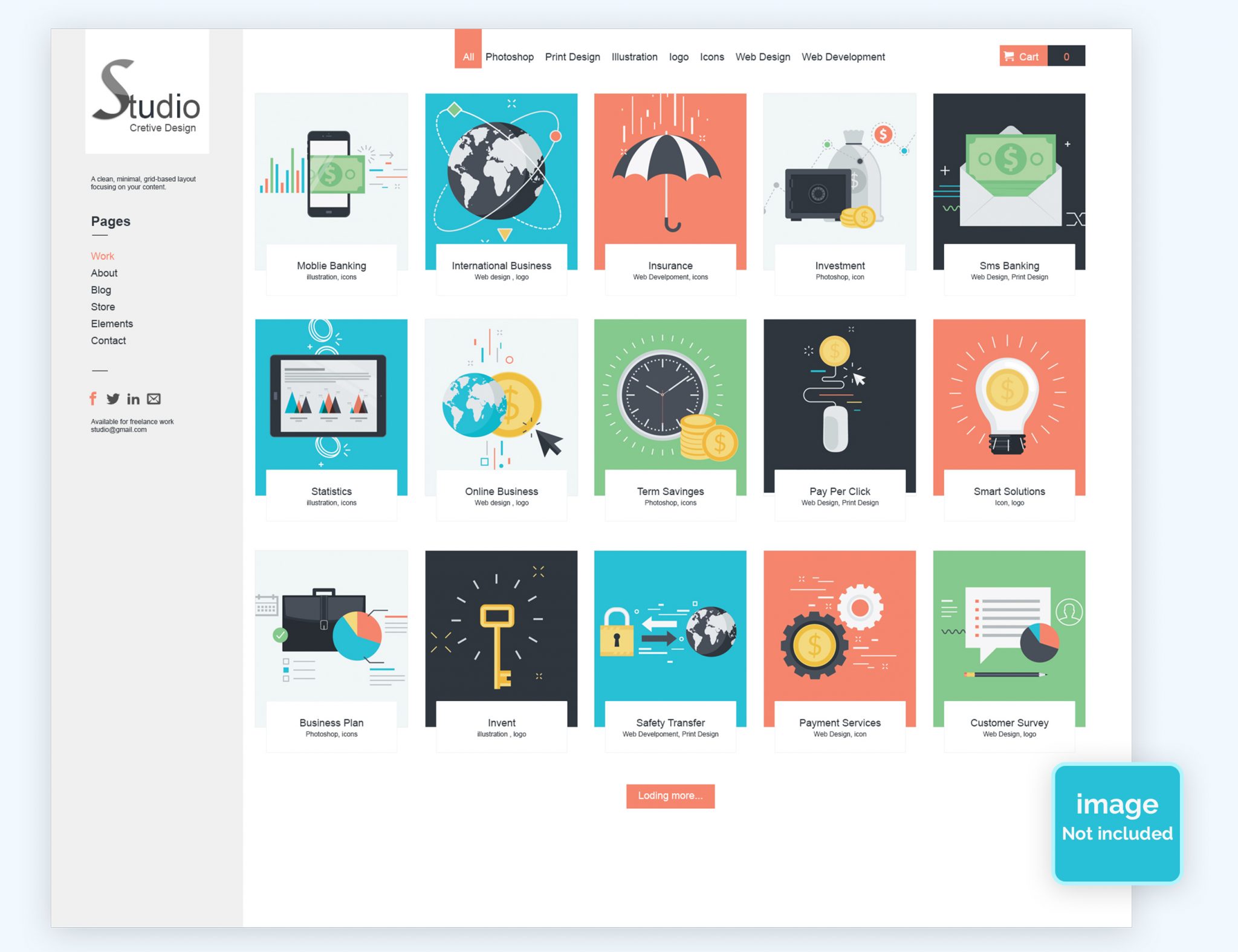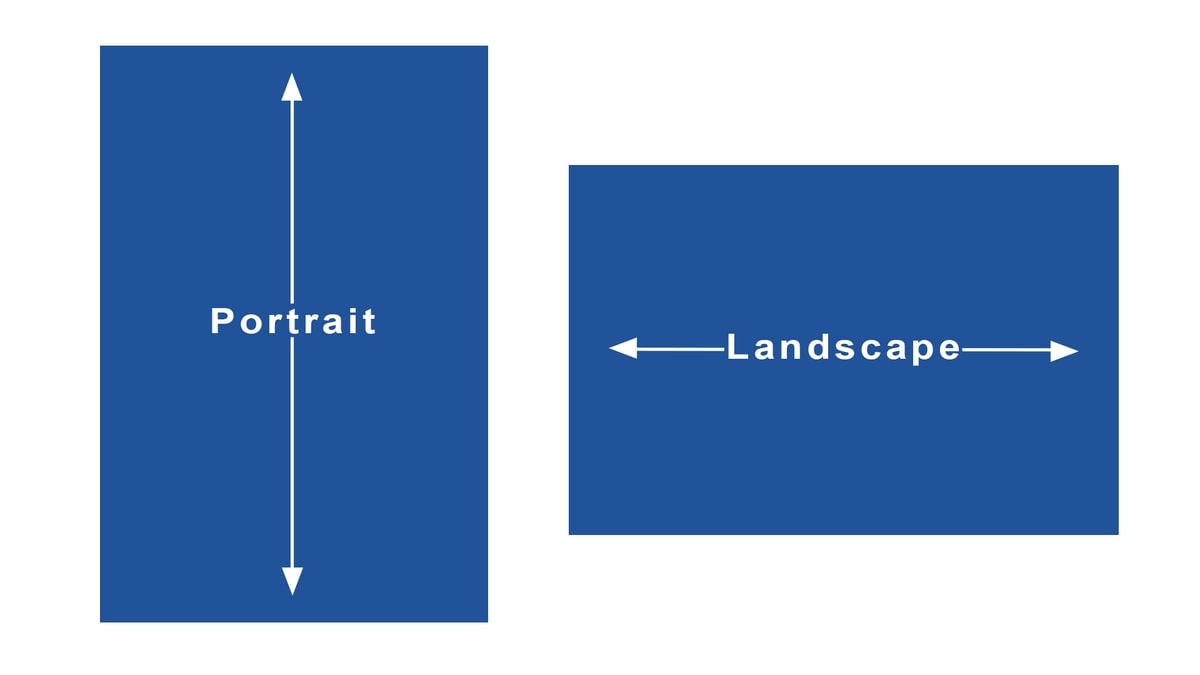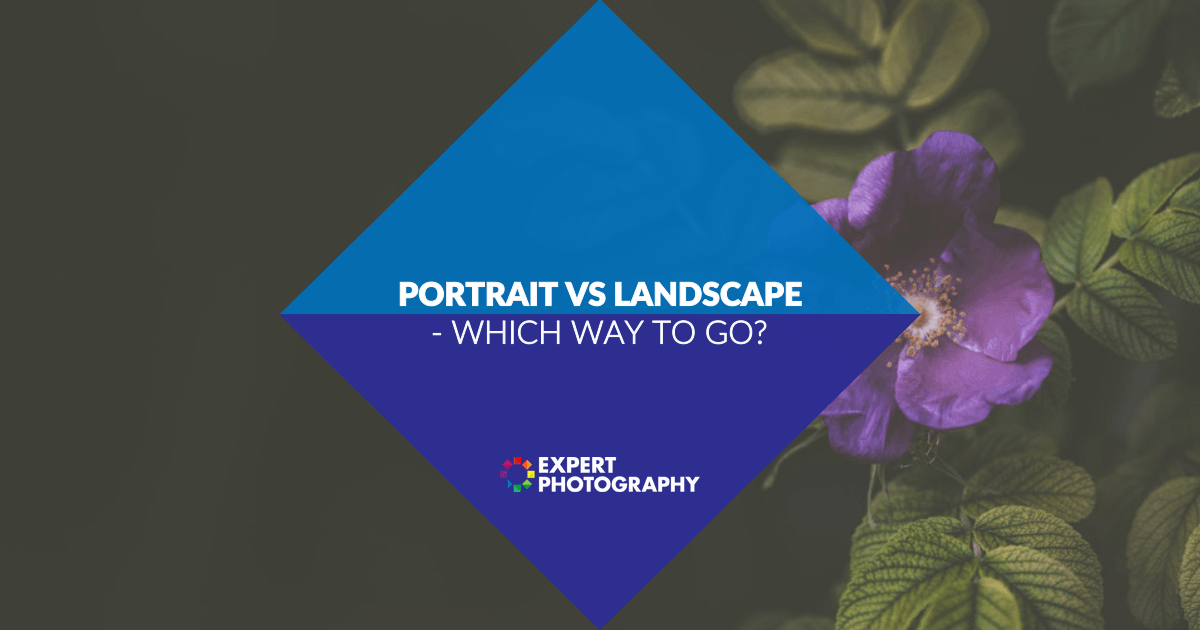
- Portrait vs landscape for reports with photos movie#
- Portrait vs landscape for reports with photos archive#
- Portrait vs landscape for reports with photos software#
- Portrait vs landscape for reports with photos professional#
- Portrait vs landscape for reports with photos tv#
Portrait vs landscape for reports with photos tv#
This isn't a temporary transitional problem, either, as it was when we moved from standard to hi-def TV this time the two formats will have to coexist.
Portrait vs landscape for reports with photos movie#
What's the resolution? Young people will never turn their phones sideways on the other hand, TVs, movie theaters and computer screens won't soon be designed vertically. In other words, we're witnessing a titanic crash between our eyes and our hands, between logic and ergonomics, between the old and the new.

For example, scenes with more than one person and just about anything in motion. A horizontal format is far superior to vertical at showing most things in daily life.

There's a good reason our standards for movies and TV are horizontal: our eyes are arranged horizontally, and we spend our lives on a horizontal plane. Instead of just head and shoulders, you're seeing torso and hands, too. Fans of vertical video argue that vertical shots do better justice to buildings, trees, mountains and scenes of a single upright person. Then there's the issue of what's in the videos. Those videos will never look even close to right on vertical screens.
Portrait vs landscape for reports with photos archive#
Conversely, the entire archive of movies and hi-def TV is horizontal. So what happens when a vertical cellphone video plays on a TV or a laptop? You've surely seen it: broadcasters gamely try to fill the empty pillarbox areas with blurry copies of the main video. Our TVs and computer screens are still horizontal. Okay, great.īut all of this leaves us in a massive aspect-ratio pickle.
Portrait vs landscape for reports with photos professional#
The upshot: Because of their ubiquity, we now watch most of our videos on smartphones because of ergonomics, we hold the phone vertically because we hold it that way, professional videos are now being produced to match. Yahoo (my employer) is developing a new subscription service whose shows are all shot vertically. Vertical Cinema ( is a vertical-video film festival, in which the movie screen is hung vertically.

Vervid is a new app that exists purely to play vertical videos. Professional outfits are now shooting vertically to match the trend. Instagram, YouTube and Twitter have updated their apps to handle vertical videos, too. Facebook now presents vertical videos in your scrolling feed without your having to tap to expand them advertisers report that their vertical Facebook ads get much more attention from viewers than square ones. Snapchat started it its 178 million fans overwhelmingly take and share vertically shot photos and videos.
Portrait vs landscape for reports with photos software#
Software and video producers are scrambling to accommodate the New Normal-the vertical-aspect-ratio screen. Fewer and fewer people bother turning their phones to watch widescreen videos-72 percent of millennials don't, in fact. You move from One-Hand Land to Two-Hand Land. There's a certain hassle, an inconvenience, a discomfort, in turning your phone. I know what you're screaming: “But we can turn the phone 90 degrees, numbskull!” Yes, we can. Movies and TV shows play as a tiny slit of screen on an ocean of black. It's the worst possible shape for showing wide (landscape-orientation) images. And guess what? A phone's screen has portrait orientation-a tall, thin rectangle.

We now watch more video on our mobile gadgets than we do on TVs and computers. If that seemed confusing, though, don't look now, because we've just entered the age of aspect-ratio hell. And on high-def TVs, watching old shows requires big, black “pillarbox” bars on either side of the square picture. Remember watching widescreen movies on standard TVs? Much of your screen was filled by horizontal, black “letterbox” bars above and below the picture. This cacophony of conflicting shapes can lead to some ugly results. Films, IMAX movies and photographs all have aspect-ratio standards of their own. The older, standard TV picture had a 4:3 aspect ratio-not quite square but squarish. Today's high-definition television picture has a 16:9 aspect ratio-a rectangle with those proportions. In the world of electronics, the term “aspect ratio” refers to the shape of your screen.


 0 kommentar(er)
0 kommentar(er)
